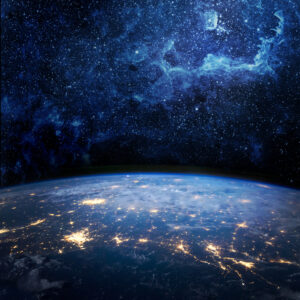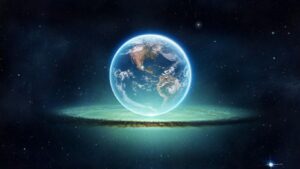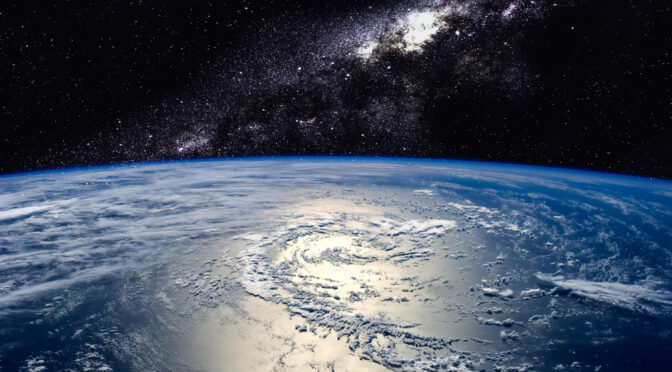Scientists working for Harvard University have found evidence of an ‘early world’ concealed under the crust of the planet we know now.

New findings from the Earth’s mantle might have revealed that our planet collided with other planetoids, which ultimately resulted in the creation of our moon. The remnants of these findings may be from a former version of our planet that existed 4.5 billion years ago.
There are at least four major theories regarding the formation of our moon.
The most accepted theorizes that the heat produced by a crash with another planetoid caused debris to fly off and become captured by our planet’s gravitational pull, eventually coalescing and forming the moon.
The Harvard team, directed by Associate Professor Sujoy Mukhopadhyay, believes that they have found evidence to support a theory that only a portion of the Earth melted during these events, and that an ancient ‘pre-crash’ region exists within the Earth’s mantle.
Reporting in the journal Nature, Mukhopadhyay says:
“We believe that the impact energy wasn’t equally spread through the early Earth.
This implies that a important portion of the impacted hemisphere would likely have been fully vaporized, but the reverse hemisphere would have been partially protected, and wouldn’t have gotten whole thawing.”
This leads scientists to hypothesize that our planet is actually derived from two worlds: the distantly ancient world and the recent world.
Professor Mukhopadhyay notes: “This means that the last giant impact didn’t fully blend the mantle and there wasn’t a entire mantle-magma ocean.”
The researchers measured the decay of an isotope of xenon, known as 129-Xenon. Since this isotope is generated by the radioactive decay of 129-iodine, scientists can measure the creation age of the Earth’s mantle to within 100 million years.
Says Professor Mukhopadhyay:
“The geochemistry suggests that there are differences between the noble gas isotope ratios in various areas of the Earth, and these should be clarified.

The notion that a really tumultuous wreck of the Earth with a different planet-sized body didn’t fully melt down and homogenize the Earth, challenges some of our views on planet formation as well as the energetics of giant impacts.
In the event the theory is proven right, then we may be seeing echoes of the primeval Earth, from a time before the crash.”

